
The Porta Nuova district is a rapidly developing neighborhood in the center of Milan, Italy. It is located between the Garibaldi and Repubblica train stations, and it encompasses an area of approximately 290,000 square meters.
The district was originally developed in the 19th century as a primarily industrial area, but in recent years it has undergone a major transformation into a mixed-use neighborhood that combines residential, commercial, and public spaces. The redevelopment of the area began in the early 2000s, and it has since become one of the most important urban renewal projects in Europe.
The Porta Nuova district is characterized by its modern architecture and high-density urban living. It includes a number of landmark buildings, such as the Unicredit Tower, which is one of the tallest skyscrapers in Italy, and the Bosco Verticale, which is a residential complex covered in greenery. The district also includes a range of public spaces, such as Piazza Gae Aulenti, which is a large public plaza that serves as a gathering place for residents and visitors alike.
In addition to its architecture and public spaces, the Porta Nuova district is also known for its cultural attractions and amenities. It is home to the Triennale di Milano, which is a museum and cultural center dedicated to contemporary art and design, as well as a range of restaurants, cafes, and shops.
Overall, the Porta Nuova district represents a unique blend of modern design, urban renewal, and cultural vitality, and it is considered one of the most important and dynamic neighborhoods in Milan today.
The Bosco Verticale, or Vertical Forest, is a high-rise residential building complex located in the Porta Nuova district of Milan, Italy. It was designed by the Milanese architecture firm of Stefano Boeri Architetti and completed in 2014.
The complex consists of two towers, measuring 110 and 76 meters in height, respectively. The towers are covered with a total of 900 trees, 5,000 shrubs, and 11,000 perennial plants, creating a green facade that helps to improve air quality, reduce noise pollution, and provide habitat for birds and insects. In total, the Bosco Verticale contains more than 20,000 square meters of greenery, which is equivalent to approximately 10,000 square meters of forest land.
The Bosco Verticale has received numerous awards and accolades for its innovative design and environmental sustainability. It has been praised for its ability to combine high-density urban living with the benefits of green space, and it has been cited as a model for future sustainable urban development.
The Bosco Verticale has also become a popular tourist attraction in Milan, drawing visitors from around the world who come to admire its unique design and lush greenery. In addition to its residential units, the complex also includes commercial and office spaces, as well as a range of amenities such as a fitness center, swimming pool, and rooftop gardens.
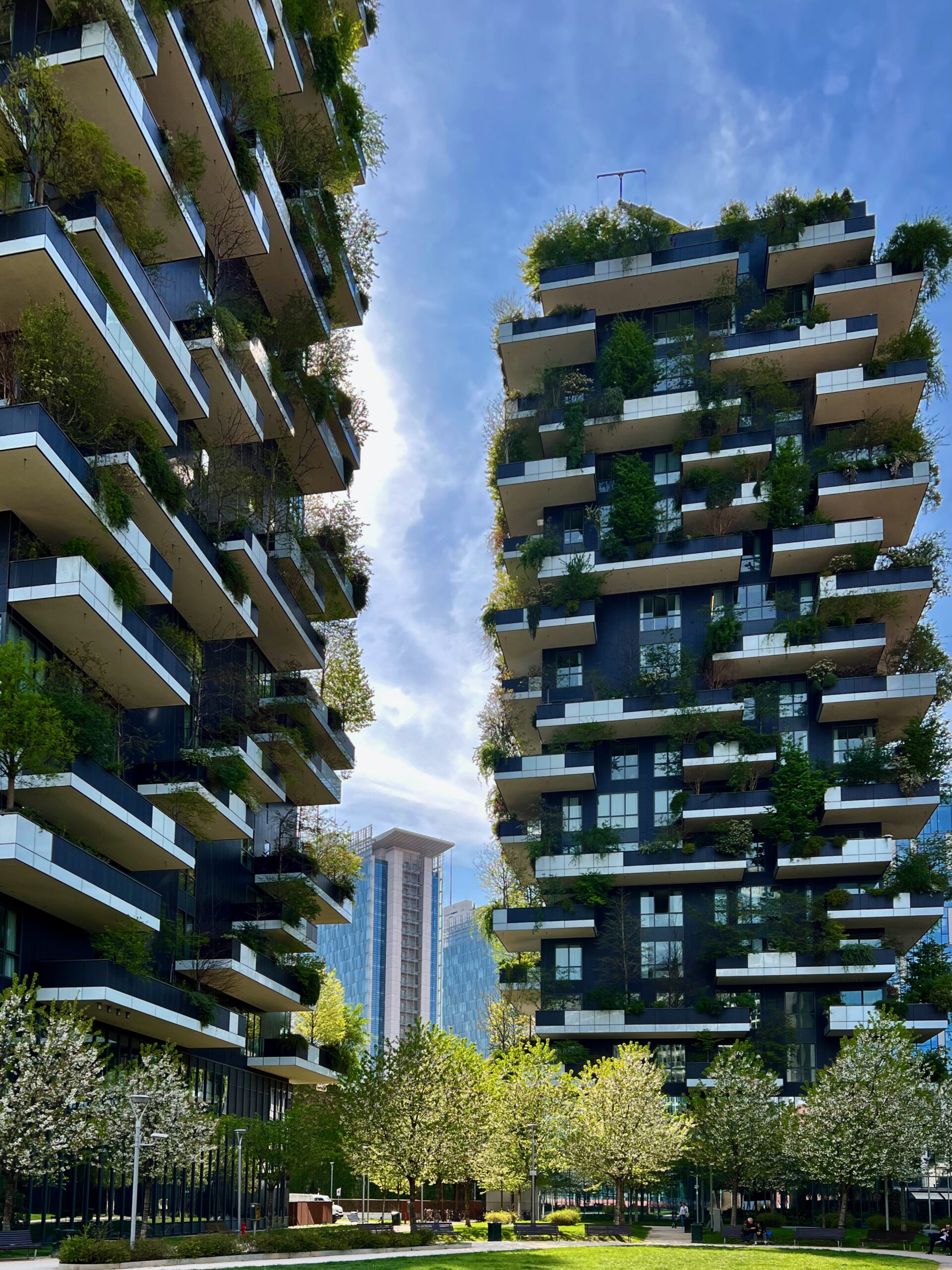
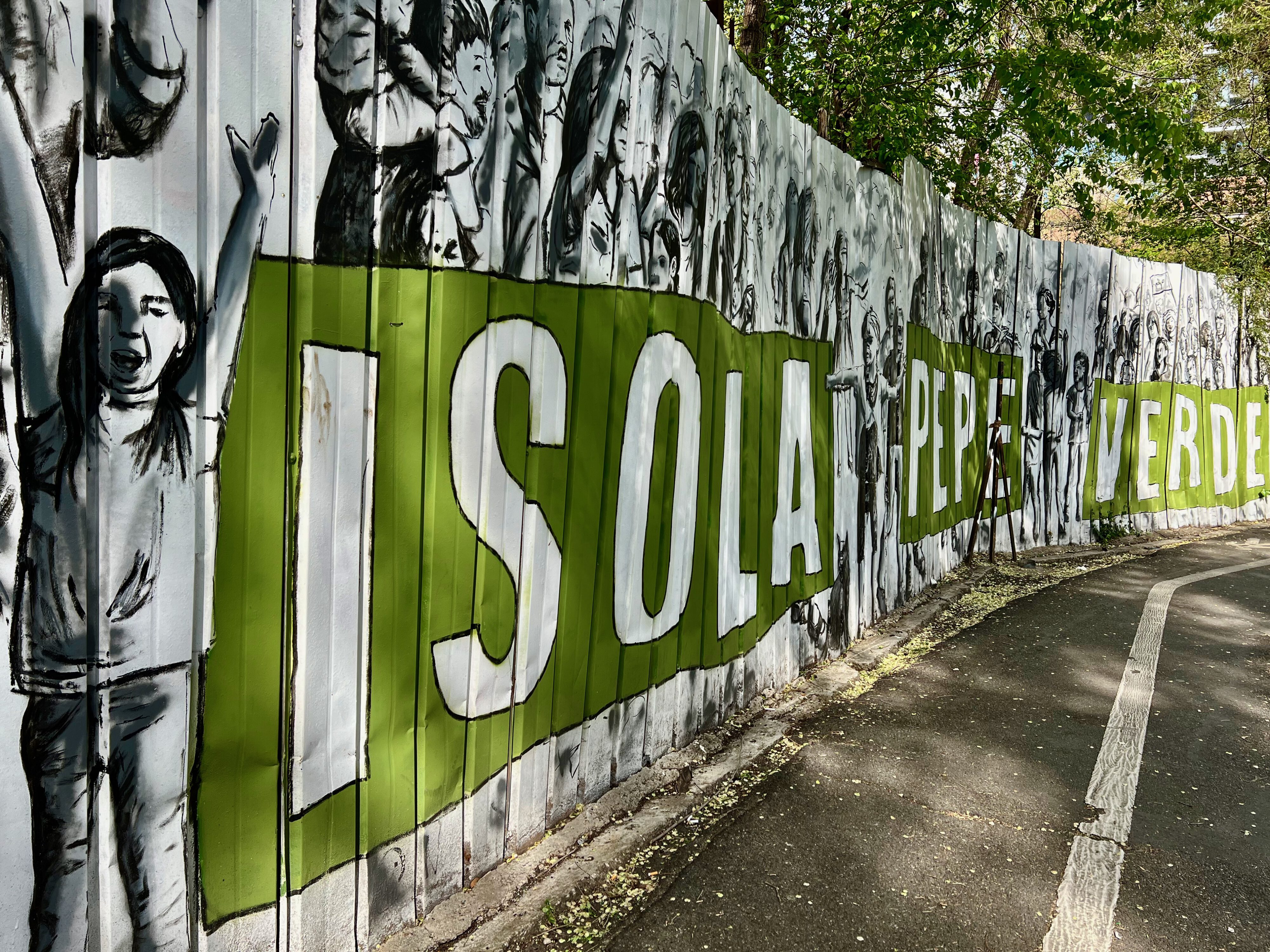
Pepe Verde is a small urban park located in the heart of Milan’s Isola neighborhood. The park was created in 2013 as a community-led initiative to transform an abandoned lot into a green space for residents to enjoy.
Pepe Verde is designed as an “isolated” park, which means that it is surrounded by buildings on all sides and is accessible only via a narrow alleyway. Despite its small size and secluded location, the park has become a popular gathering spot for locals and visitors alike, offering a peaceful oasis amidst the bustling city streets.
The park features a range of amenities, including a playground for children, benches and picnic tables for visitors to relax and enjoy the surroundings, and a small stage for concerts and events. The park also hosts a range of community activities and workshops throughout the year, such as gardening classes and art exhibitions.
The Parco Biblioteca degli Alberi, or the Library of Trees Park, is a public park located in the Porta Nuova district of Milan. The park was designed by the landscape architecture firm of Inside Outside, and it was opened to the public in 2018.
The park spans an area of approximately 93,000 square meters and features a wide range of amenities, including walking and cycling paths, a large central plaza, and a series of green spaces and gardens. The park is also home to a collection of over 135 different species of trees and plants, which are arranged in a series of “rooms” that each have their own distinct atmosphere and character.
In addition to its natural beauty and recreational amenities, the Parco Biblioteca degli Alberi also includes a range of cultural and educational facilities, including a library, a multi-purpose event space, and a series of art installations and sculptures. The park is designed to serve as a hub for community activities and events, and it has become a popular gathering place for residents and visitors alike.
Overall, the Parco Biblioteca degli Alberi represents a unique and innovative approach to urban park design, combining natural beauty, cultural amenities, and community engagement to create a vibrant and dynamic public space in the heart of Milan’s Porta Nuova district.

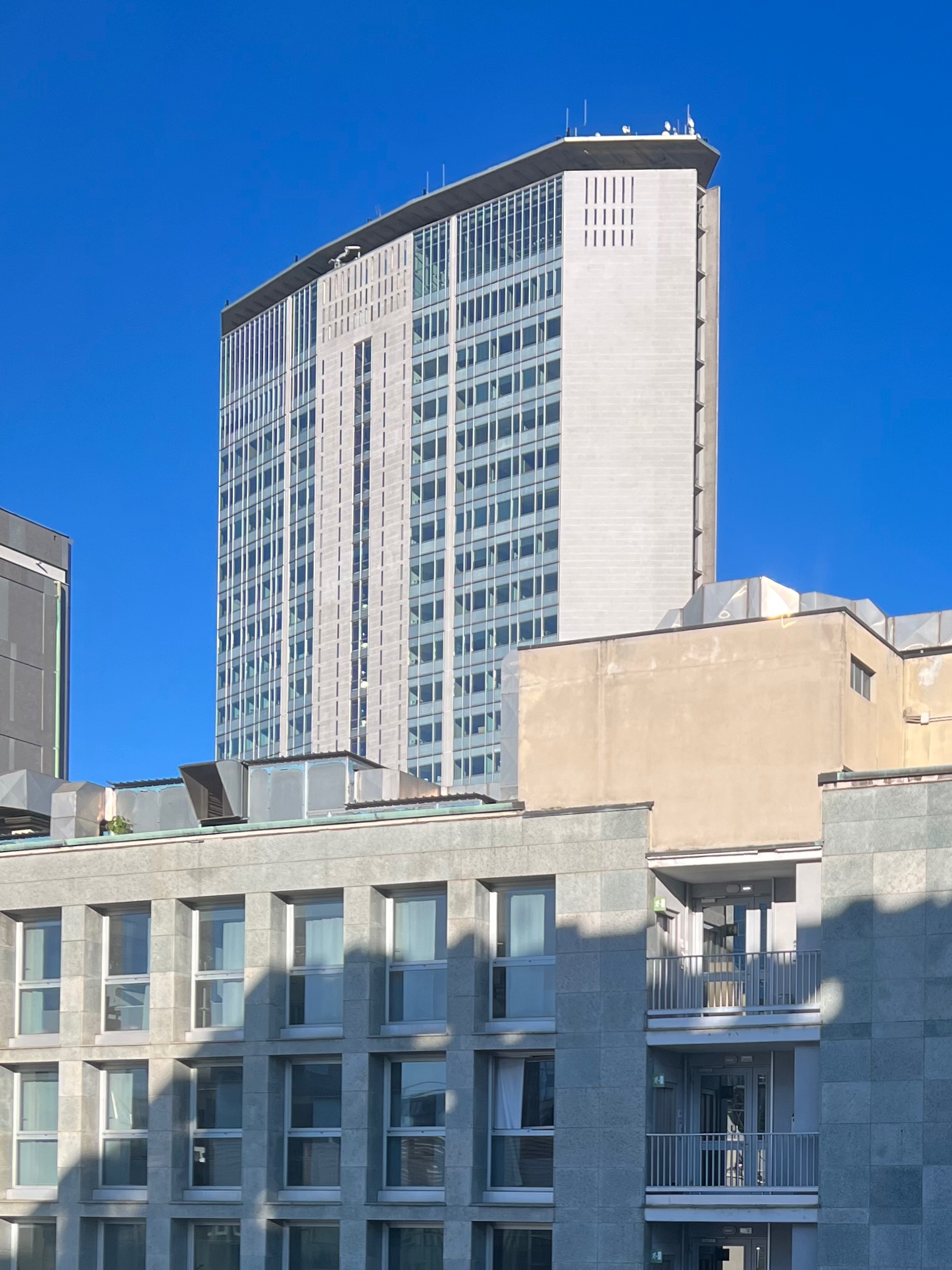
the Pirelli Tower is located in the Porta Nuova district of Milan, specifically in the Piazza Duca d’Aosta. The tower is one of the most iconic landmarks in the city and is considered a masterpiece of Italian modernist architecture.
Designed by the renowned Italian architect Gio Ponti in collaboration with his colleagues Pier Luigi Nervi and Arturo Danusso, the Pirelli Tower was completed in 1958 and served as the headquarters of the Pirelli tire company until the 1990s. The tower stands at 127 meters tall and is made of reinforced concrete and glass.
The architecture of the Pirelli Tower is characterized by its innovative design and technical ingenuity. The building features a distinctive tapered shape that was designed to reduce wind resistance and enhance stability, as well as a series of curved concrete fins that serve both functional and aesthetic purposes. The tower also includes a range of cutting-edge technologies and features, such as a double-skin glass facade that helps to regulate temperature and reduce energy consumption.
Overall, the Pirelli Tower represents a landmark achievement in Italian modernist architecture and continues to inspire architects and designers around the world today. Its innovative design, technical ingenuity, and iconic presence in the Milan skyline have made it a symbol of the city’s rich architectural heritage and a testament to the power of human creativity and innovation.
The IBM Studios are a collaborative workspace that brings together designers, engineers, developers, and other experts to work on innovative projects and solutions for IBM’s clients. The space features an open layout with flexible workstations, meeting rooms, and collaboration spaces that are designed to facilitate creativity and teamwork.
One of the most distinctive features of the IBM Studios is the use of cutting-edge technology to support design and innovation. The space includes a range of high-tech tools and resources, such as 3D printers, virtual reality headsets, and advanced data analytics platforms, that are used to support the design and prototyping process.
In addition to its focus on design and innovation, the IBM Studios also place a strong emphasis on sustainability and environmental responsibility. The space is designed to maximize energy efficiency and includes a range of green technologies, such as solar panels and rainwater harvesting systems.
Overall, the IBM Studios at Piazza Gae Aulenti represent a dynamic and innovative approach to design and collaboration in the technology industry. The space combines cutting-edge technology, a collaborative work environment, and a commitment to sustainability to create a truly unique and inspiring workspace.


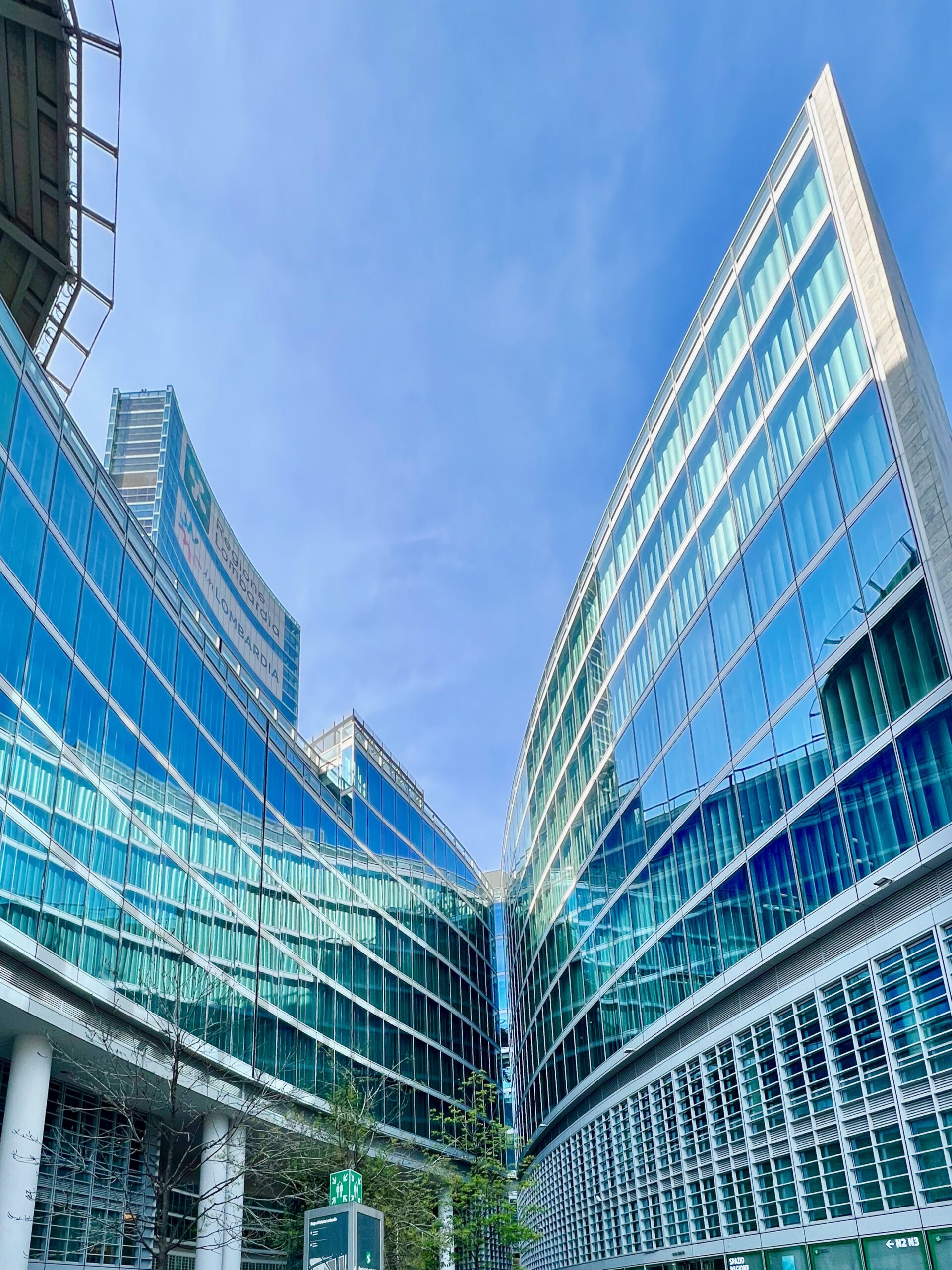
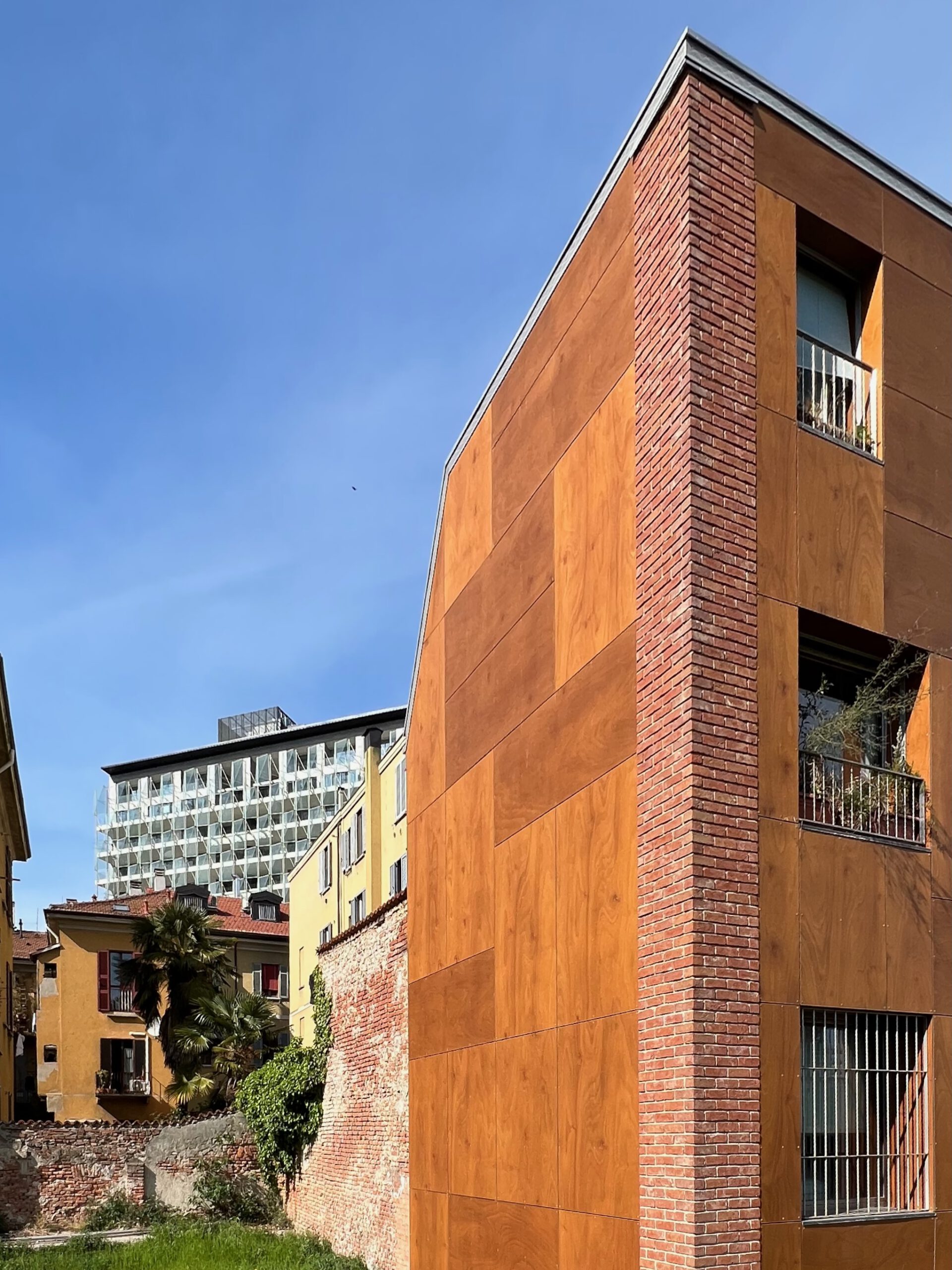

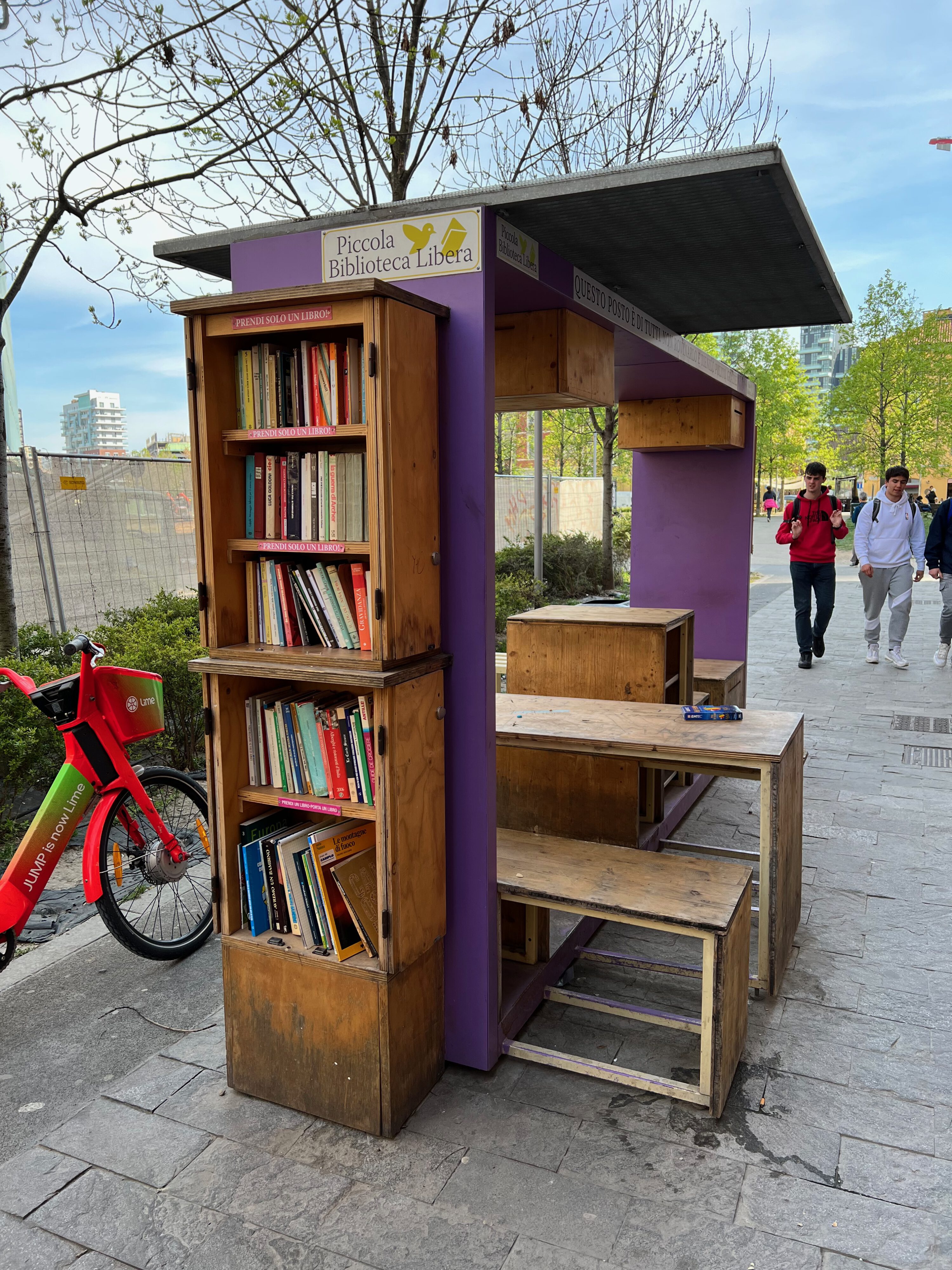
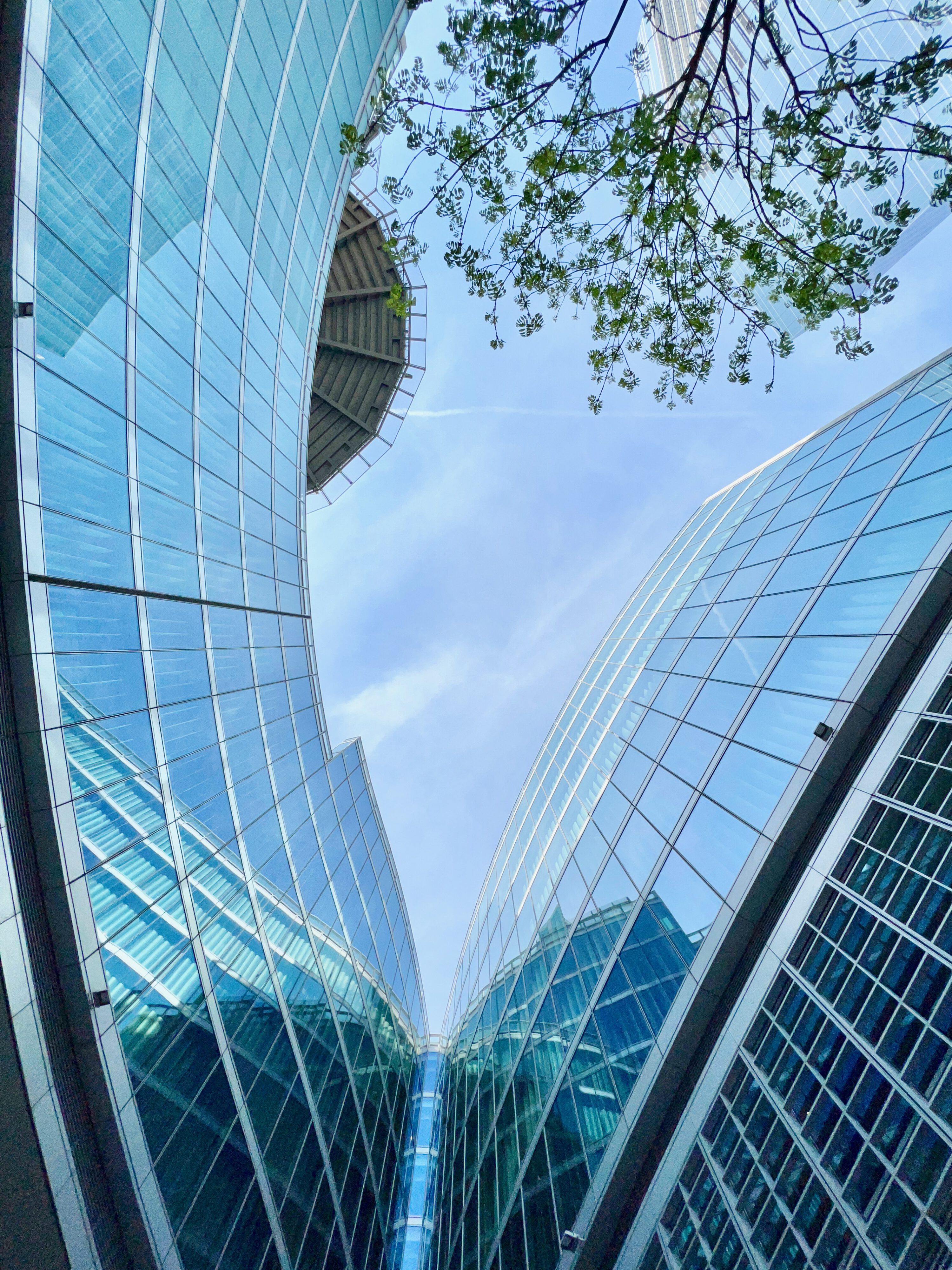

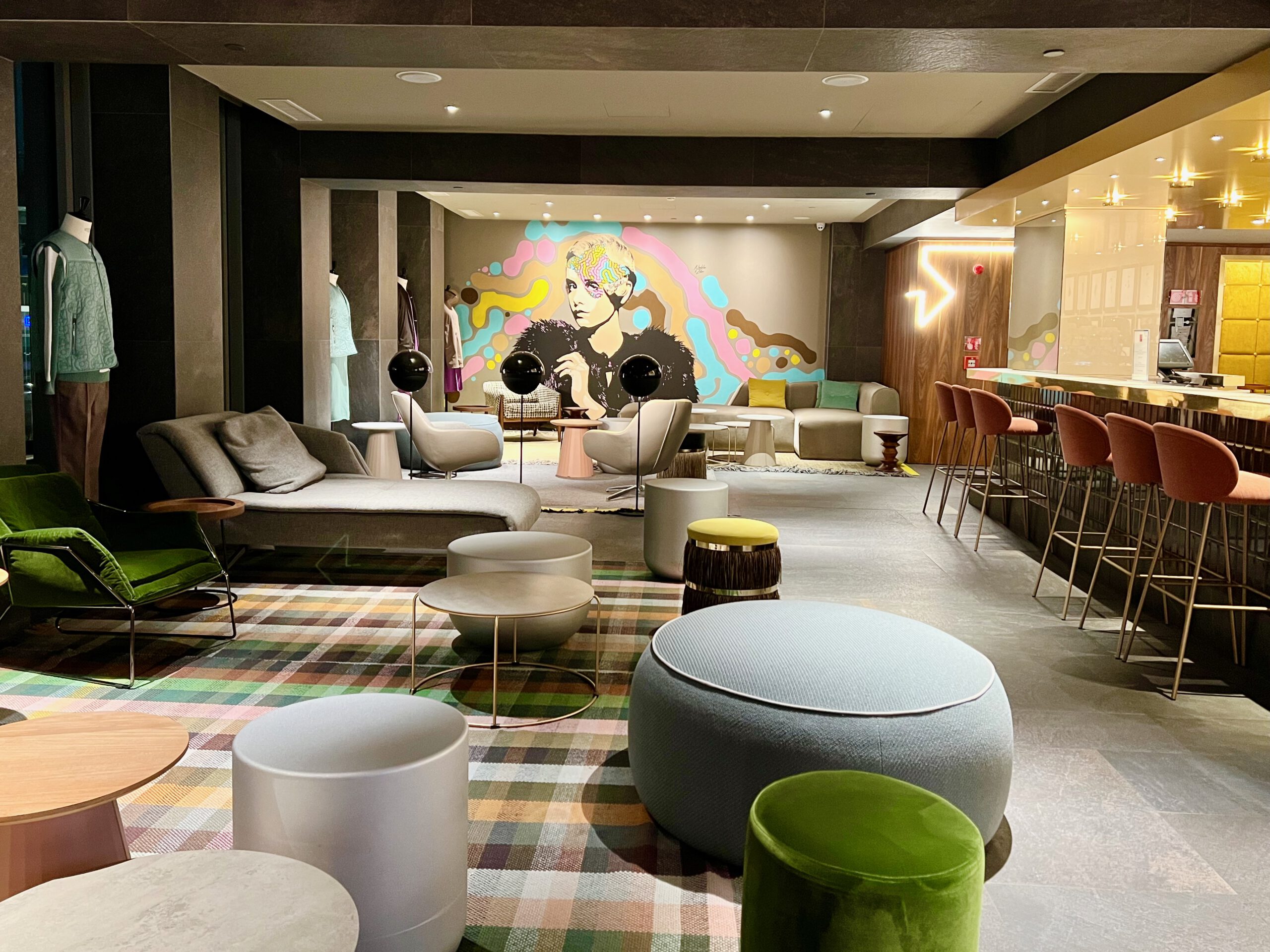



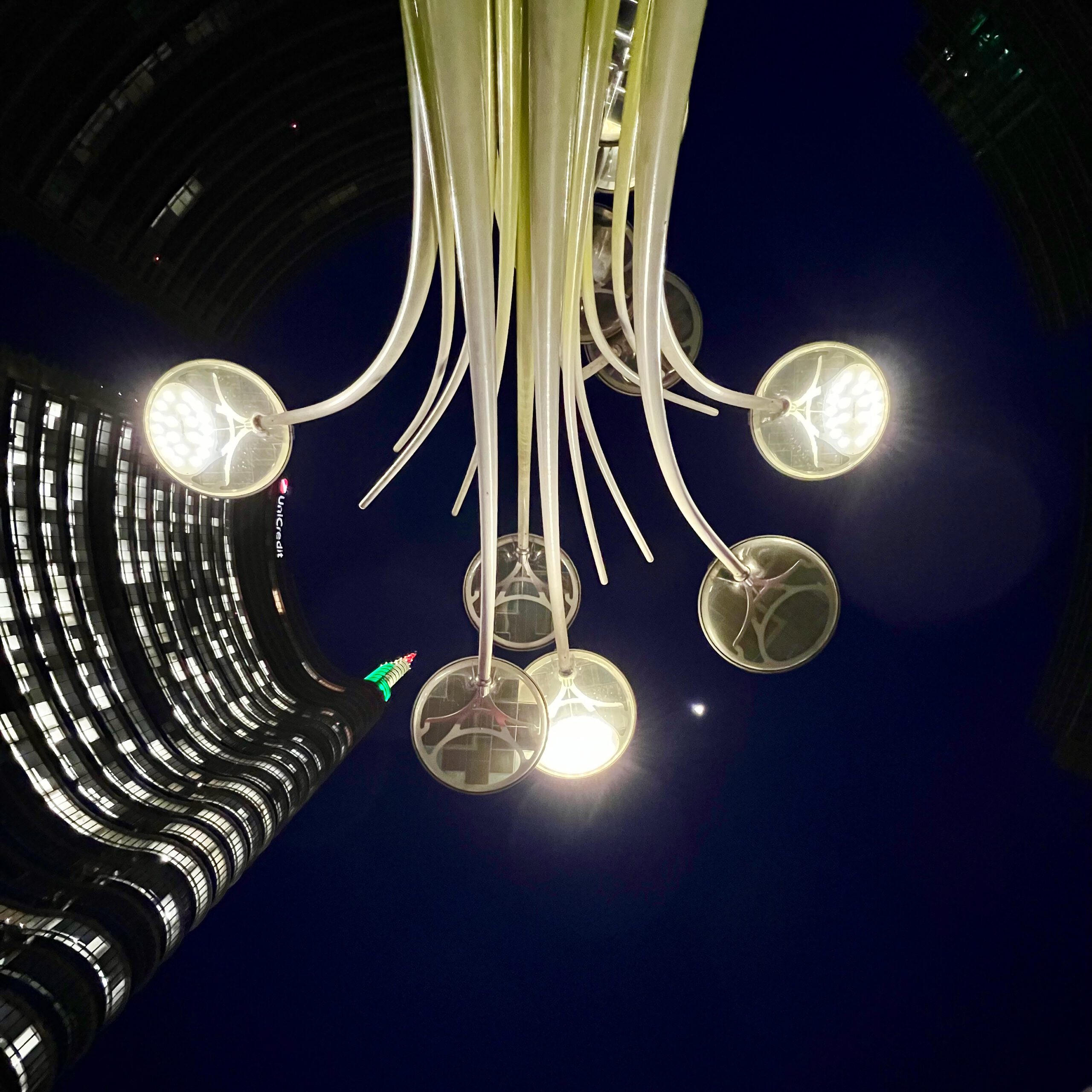


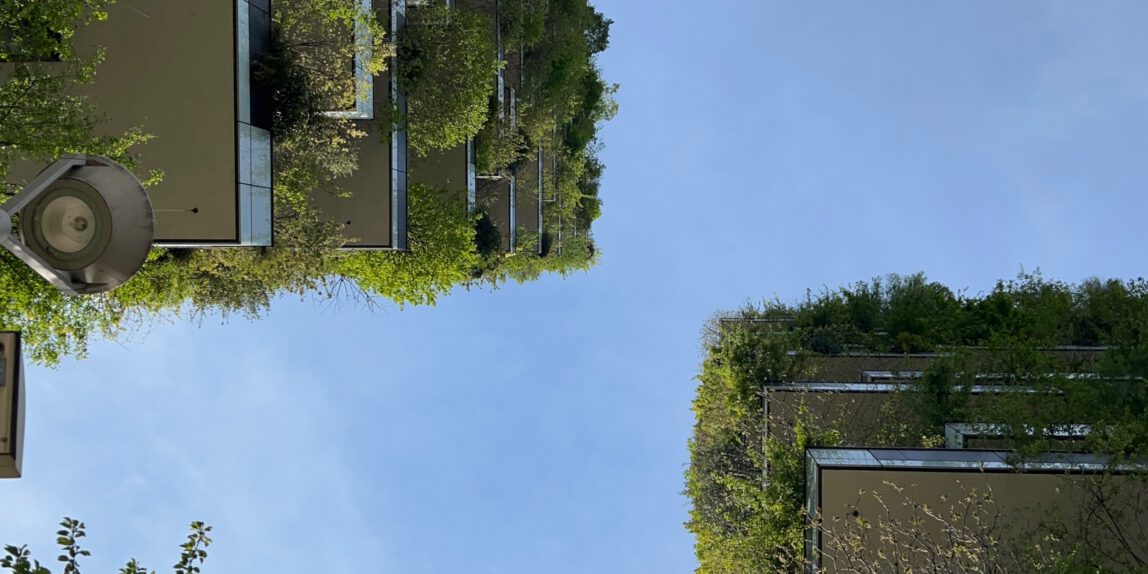
One Reply to “Porta Nuova”
Comments are closed.